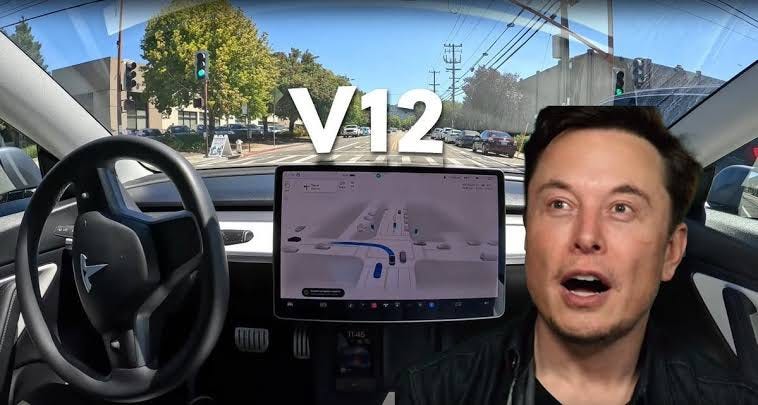The Promising Future of Tesla's FSD Neural Network in 2024
Written on
Chapter 1: Introduction to Tesla's FSD Version 12
There is a sense of cautious optimism regarding the potential approval of Tesla's Full Self-Driving (FSD) system in 2024. The recently launched 'Version 12' AI neural network, which operates on an 8-camera setup, shows remarkable promise.
Following its release just after Christmas, FSD Version 12 was made available to thousands of Tesla employees, alongside the general pool of beta testers. Notably, this iteration of FSD only encountered a single failure during an hour of live navigation in San Francisco, specifically when responding to a left-hand turn arrow.

Section 1.1: The Mechanics Behind Version 12
The significant aspect of Version 12 is its reliance on a nearly complete neural network, which connects the cameras directly to the steering controls and pedals. This update has eliminated 500,000 lines of manual coding.
Training for this system relies solely on video footage, allowing it to function without the need for annotating people, lanes, signs, or vehicles. Impressively, the neural network has also developed the capability to interpret signs autonomously. When addressing issues, the team can now simply feed the system additional videos featuring proficient drivers navigating similar scenarios. Alternatively, they can adjust the weight of existing training data.
Subsection 1.1.1: Understanding Deep Learning in Context
Deep learning, like other machine learning methodologies, struggles to differentiate between cause and effect. However, the extensive data gathered during training enables the FSD system to make informed inferences that are often more causal than merely correlational.
With a wealth of data, the most straightforward interpretation usually points to the actual 'cause' behind patterns. This principle became evident to me while training neural networks for English-to-German translation solely with paired sentences, without any explicit word alignment.
This indicates that neural networks trained on vast datasets can adapt effectively to new contexts. As a result, the system is well-equipped to avoid dangerous maneuvers, even in unpredictable situations.
Section 1.2: Anticipating Regulatory Approval
Looking ahead, I foresee Tesla's FSD receiving approval in select jurisdictions by late 2024 or early 2025. Initially, this will likely involve monitored oversight similar to the current FSD beta, ultimately evolving into full autonomy from curb to curb.
To achieve this, enhancements will be necessary for curbside, driveway, and parking bay navigation, as well as a mechanism for interacting with parking authorities or attendants. By 2025, the expectation is to introduce a 'no hands' policy, paving the way for full robotaxi operations and even the possibility of passengers resting in the back seat by 2026.
While there remains a journey ahead, the outlook is certainly promising.
Chapter 2: The Economic Impact of FSD
The first video, Uncovering and Inducing Interpretable Causal Structure in Deep Learning Models | Atticus Geiger, delves into how deep learning can reveal underlying causal structures within data, a concept that resonates with Tesla's FSD advancements.
The second video, What is deep learning and why is it a data-driven approach?, provides a comprehensive overview of deep learning as a methodology driven by data, further illustrating the foundation upon which Tesla's innovations are built.
In conclusion, the integration of FSD technology could significantly enhance global GDP by 25-50% through reduced freight costs. This transformation could lead to fewer vehicles on the roads and less need for parking spaces, ultimately saving lives and providing greater convenience through the use of FSD-enabled robotaxis and minibuses. The prospect of halving ride-hailing expenses is highly likely.